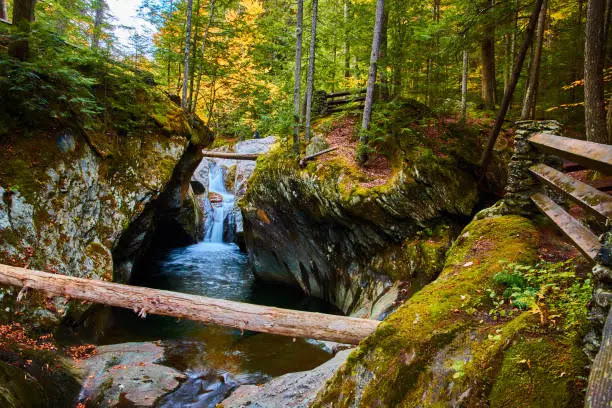In this detailed guide, we will delve into the world of Canadian water, exploring its purity, sources, and importance. Canada, known for its breathtaking landscapes, is also celebrated for its pristine water sources. Let's embark on a journey to understand what makes Canadian water so unique and valuable.
Introduction
Canada is a land of natural wonders, and its water resources are no exception. The country boasts an abundance of freshwater lakes, rivers, and aquifers, making it one of the world's water-rich nations. In this article, we will explore the fascinating world of Canadian water, from its sources to its exceptional quality.
Canadian Water Sources
Canada's water wealth primarily stems from four major sources:
1. Freshwater Lakes
Canada is home to more lakes than any other country in the world. The Great Lakes alone contain about 20% of the world's freshwater. These pristine bodies of water provide a significant portion of Canadian drinking water and support various ecosystems.
2. Rivers and Streams
A vast network of rivers and streams crisscrosses the Canadian landscape. These waterways play a crucial role in transporting freshwater and sustaining the country's rich biodiversity.
3. Groundwater Aquifers
Underneath Canada's surface lies an extensive network of groundwater aquifers. These underground reservoirs store water and supply it to wells, making groundwater an essential source of drinking water for many Canadians.
4. Glacial Meltwater
Canada's glaciers are a source of pure, untouched water. As these glaciers melt, they contribute to the flow of freshwater into rivers and lakes, maintaining the purity of Canadian water sources.
The Purity of Canadian Water
The purity of Canadian water is renowned worldwide. Here's why:
1. Stringent Environmental Regulations
Canada has strict regulations governing water quality. These regulations ensure that pollutants are kept in check, maintaining the pristine condition of the country's water sources.
2. Natural Filtration
The country's vast forests and natural landscapes act as a natural filtration system. As water flows through these environments, impurities are removed, resulting in exceptionally clean water.
3. Remote Sources
Many of Canada's water sources are located in remote, untouched areas. This isolation contributes to the purity of the water, as it remains free from urban pollutants.
Canadian Water in Everyday Life
Canadian water plays a vital role in the daily lives of its citizens:
1. Drinking Water
A significant portion of Canada's population enjoys access to clean and safe drinking water, thanks to the abundant freshwater sources.
2. Recreation
The pristine lakes and rivers offer numerous recreational opportunities, from swimming and kayaking to fishing and camping.
3. Biodiversity
Canada's rich aquatic ecosystems support diverse wildlife, making it a haven for nature enthusiasts and researchers alike.
FAQs about Canadian Water
Q: What is the most significant source of Canadian water?
A: Freshwater lakes, particularly the Great Lakes, are the largest source of Canadian water.
Q: Is Canadian tap water safe to drink?
A: Yes, Canadian tap water is rigorously tested and considered safe for consumption.
Q: How does Canada maintain the purity of its water sources?
A: Canada enforces stringent environmental regulations and benefits from natural filtration processes due to its vast forests and remote water sources.
Q: Are there any water scarcity issues in Canada?
A: While Canada is water-rich, some regions do face water scarcity challenges, particularly in the western provinces during droughts.
Q: Can tourists enjoy Canadian water activities?
A: Absolutely! Canada offers a wide range of water-related activities for tourists, from scenic boat tours to thrilling water sports.
Q: Are there any initiatives to conserve Canadian water?
A: Yes, Canada has several conservation programs in place to protect its water resources and promote responsible water usage.
Conclusion
In conclusion, Canadian water is a liquid treasure trove. Its purity, abundance, and importance in everyday life make it a precious resource. As we celebrate the natural beauty of Canada, let's also remember the significance of preserving its pristine water sources.

Comments
Post a Comment